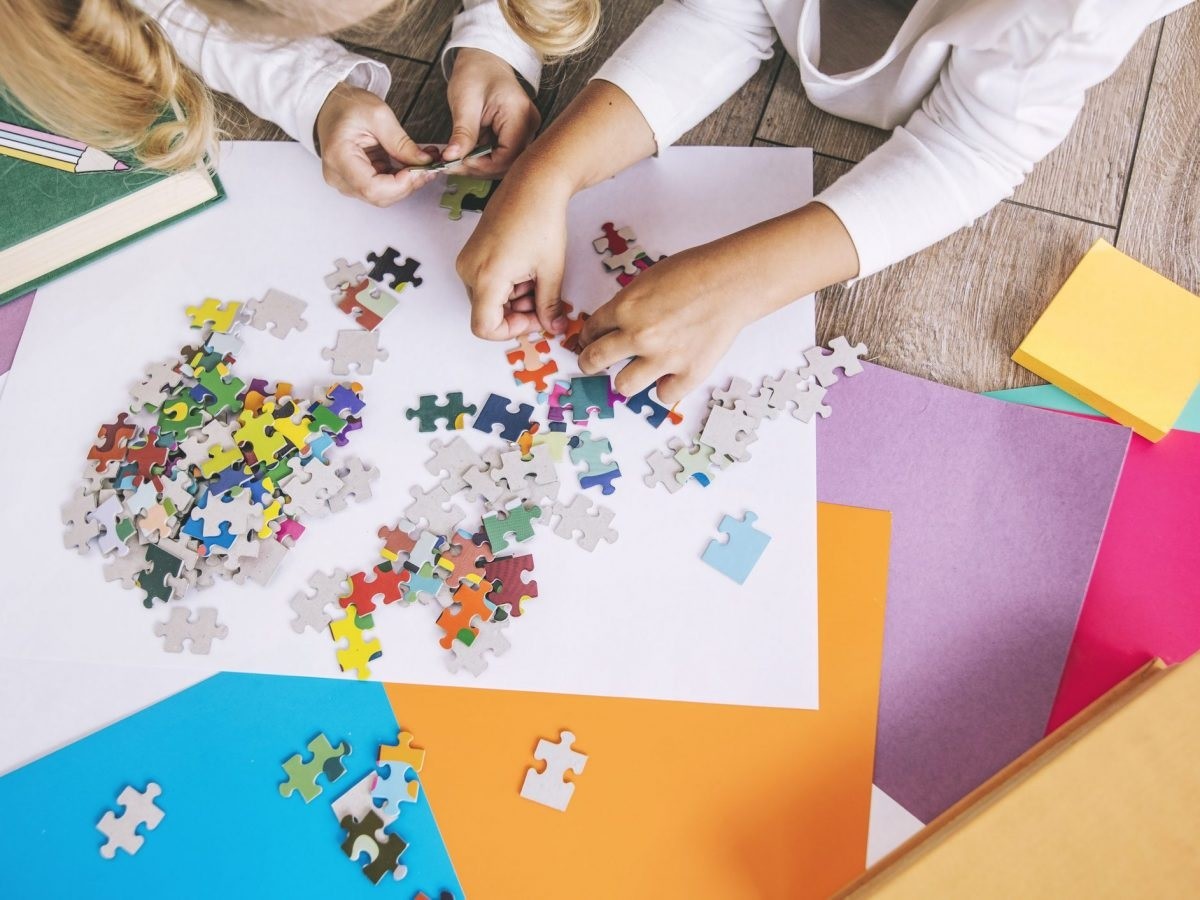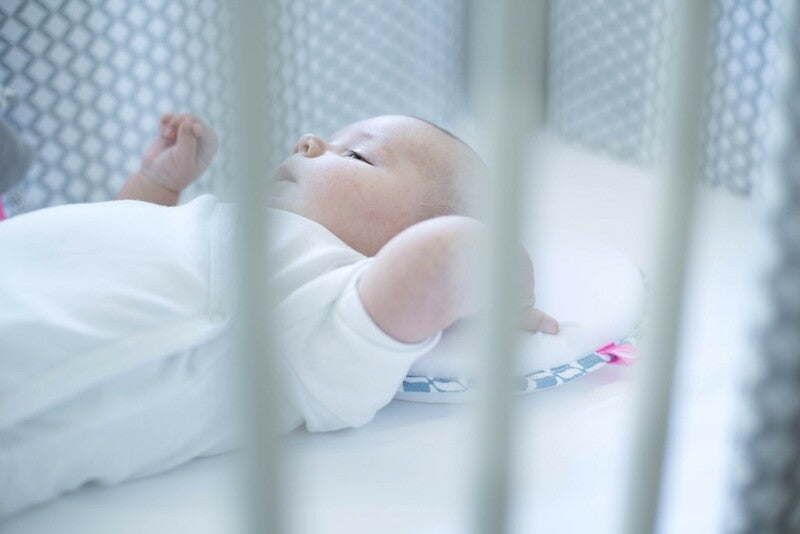Puzzles for children - all the benefits
This activity, already in the first years of the child's life, helps to develop many skills and to bring significant benefits to the little one, including:
- the development of cognitive abilities: with the game of the puzzle, child and parent interact with each other with the goal of solving the game. In order to have an advantage from this activity, however, it is important not to leave the child alone but to relate with him to stimulate his action;
- the development of spatial skills: through the composition of the pieces of the puzzle, the child, already at 3 years old, develops and strengthens his / her space-time skills (i.e. the ability to perceive, act and operate using spatial coordinates);
- the development of creativity and the ability to solve problems;
- the development of concentration, attention and strengthening of short-term memory;
- the development of logical-mathematical skills;
- the increase of one's self-esteem as the child, helped by the parents, composes the puzzle;
- the increase of visual perception, as the child will be forced to focus on the details of the drawing to fit the various pieces;
- the ability of motor and relational coordination: through the activity the child will strengthen the bond with other “teammates” feeling part of a group that works together to achieve the same goal.
The scientific results of a study carried out in an elementary school in Ankara by the Turkish Ministry of National Education also confirm the enormous benefits that the puzzle would bring to preschool children. The study in question aimed to explore the effect of puzzle design on children's developmental areas (cognitive, linguistic , motor, social and emotional development). The results showed an increase in all skills in the group of children subjected to playful activity compared to a second group who had not been given the opportunity to play with a puzzle.
At what age can children start playing with puzzles?
The types of puzzles for children of 2/3 years
- material with which it is made;
- to the images, that is to the chromatic composition of the design and to the details;
- the degree of difficulty: generally the degree of difficulty of the puzzle increases together with the age of the child;
- the number and size of the pieces.
The puzzles can be of three types:
- in wood: usually used for very small children, from 12-18 months upwards. They come with a few large wooden cubes that, joined together, make up an image. It is a generally very simple composition with bright colors that make the game easier for the baby;
- in cardboard: designed for older children (from 2 to 4 years old), it has a greater number of pieces, smaller shapes with more outlined outlines and drawings with defined details, making the assembly of the individual pieces of the puzzle a little more hard. The size of the puzzle pieces can vary from large to medium-small, depending on the age and abilities of the child;
- book puzzle: this kind of puzzle is very versatile as children can browse through them, read stories, extract pieces from the book at will and then reassemble them.






Leave a comment